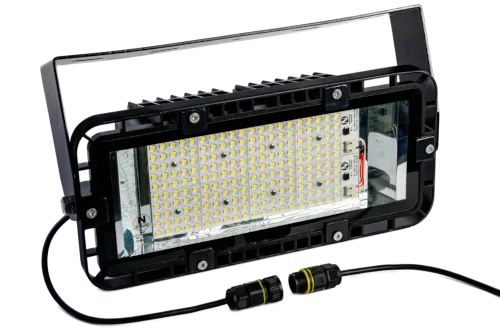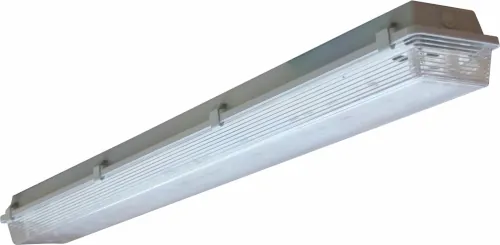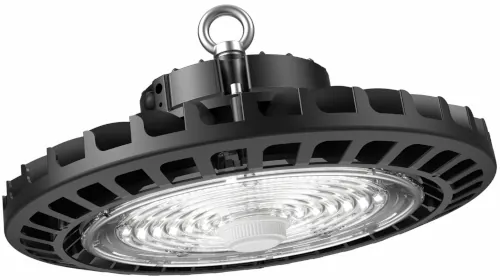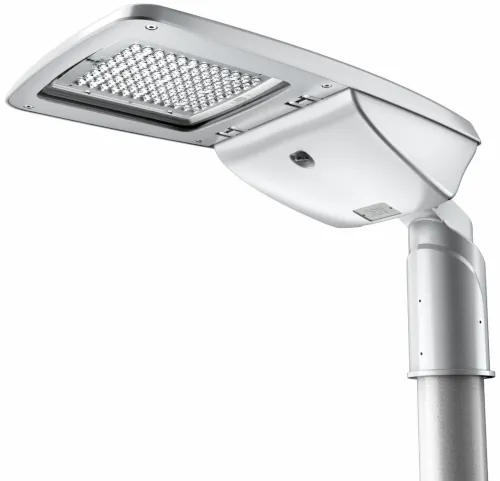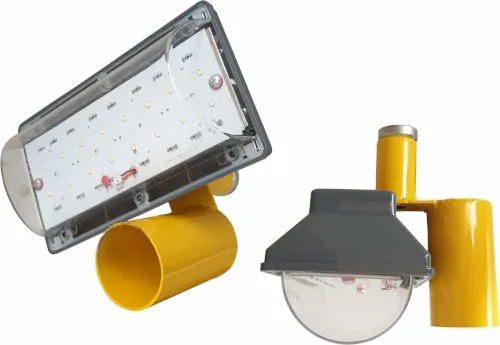In the context of escalating energy constraints and mounting pressure to reduce greenhouse gas emissions, lighting systems represent a critical yet often underestimated opportunity for carbon mitigation.
Nordland, a leader in industrial and commercial lighting solutions, has developed a holistic, systems-based approach to lighting design that reduces carbon emissionsand delivers long-term cost savings and a quick ROI for its
customers.
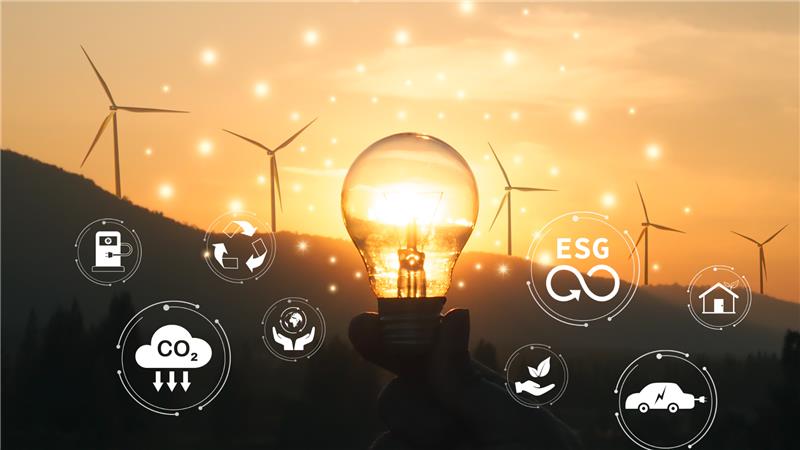
Lighting’s Role in Carbon Emissions
Industrial lighting accounts for a significant share of global Electricity consumption. In south africa, where the grid Emission factor is approximately 1.03 TCO e/MWh, every Kilowatt-hour saved equates to a substantial reduction in Carbon emissions. However, misleading marketing in off the shelves commercial Lighting products has resulted in a perception that LEDs in any Form will maximise carbon reduction. This is a misconception As an LED luminaire’s carbon emission impact can vary Significantly depending on the specific LED chip quality and Performance, electronics and heat management systems. Nordland’s approach is not only designed around system Efficacy (system lumens per watt), thermal management, Intelligent control integration, and lifecycle optimization but Is also designed to be upgradeable to stay abreast of swiftly Changing technological advancement. This methodology Enables accurate modelling of carbon emissions and total Cost of ownership (TCO) over the operational life of a luminaire To maximise customers ROI.
System Lumens and Carbon Efficiency
The primary determinant of lighting-related carbon Emissions is the system efficacy of the luminaire. This table highlights the difference between a low Performance LED against a state-of-the-art product Achieved solely through superior optical and electrical Efficiency. Hence by way of example if one compares 2 Alternative luminaires to light up an area requiring 2,5million Lumens
Intelligent Drivers and Control Systems
Carbon emission reduction is not constrained to the LED Chip performance. The deployment of intelligent drivers can exponentially Extend the performance and lifetime of a fixture and control The precise amount of illumination required while enabling Integration with sensor-based control systems, including Occupancy sensing, daylight harvesting, and time-based Dimming. Whilst it is difficult to predict the precise benefits of each Of these interventions due to facilities all having different Characteristics, in a recent retrofit project carried out at the Execujet hangars in lanseria the additional estimated savings Amounted to in excess of 50% carbon emission reduction over And above the energy savings from the base luminaires This results in a total carbon savings of in excess of 150 Metric tonnes annually, demonstrating the compounded benefits of combining high-efficacy luminaires with intelligent Control strategies.
Lifecycle Design and Material Efficiency
While energy efficiency is critical, nordland’s sustainability Model extends to the embodied carbon of luminaire materials. Manufacturing a 10 kg aluminium housing emits approximately 160 kg CO e. Although lower-mass housings may appear Environmentally advantageous, they often compromise thermal Performance, leading to premature failure and increased Replacement frequency. Effective thermal management extends LED and driver lifespan Exponentially. For every 10°c reduction in junction temperature, Component performance life can double. Poorly designed Luminaires with inadequate heat sinking not only fail earlier but Also incur additional emissions from remanufacturing, logistics, And disposal.
The Nordland Future proofing model
For decades nordland has been providing the industrial, Agricultural and petrochemical sector with an aircraft-inspired Design philosophy ensuring that internal component upgrades Can be retrofitted without the need to replacing the housing. This philosophy has stood the test of time and has seamlessly Allowed for the change from fluorescent to LED technology, Hence minimizing material waste and embodied emissions.
Table 1
| Metric | Luminaire 1 | Luminaire 2 |
| Wattage of luminaire (A) | 100 | 100 |
| System Lumens /watt (B) | 100 | 185 |
| Total system Lumens (C) | 10 000 | 18 500 |
| No of fittings required (2,5m/C) | 250 | 135 |
| Annual energy use kWh (24/7) | 219 000 | 118 260 |
| CO2 Emissions (1.03 kg/kWh) | 225.57 tCO2e | 121.81 tCO2e |
Conclusion
Nordland’s integrated approach to lighting design enables Substantial reductions in both operational and embodied carbon. By aligning engineering precision with sustainability objectives, Nordland transforms lighting from a passive utility into a Strategic asset for carbon mitigation and cost control. Nordland’s holistic model proves that carbon emissions and Customer ROI are not mutually exclusive. They’re two sides of The same LED.


